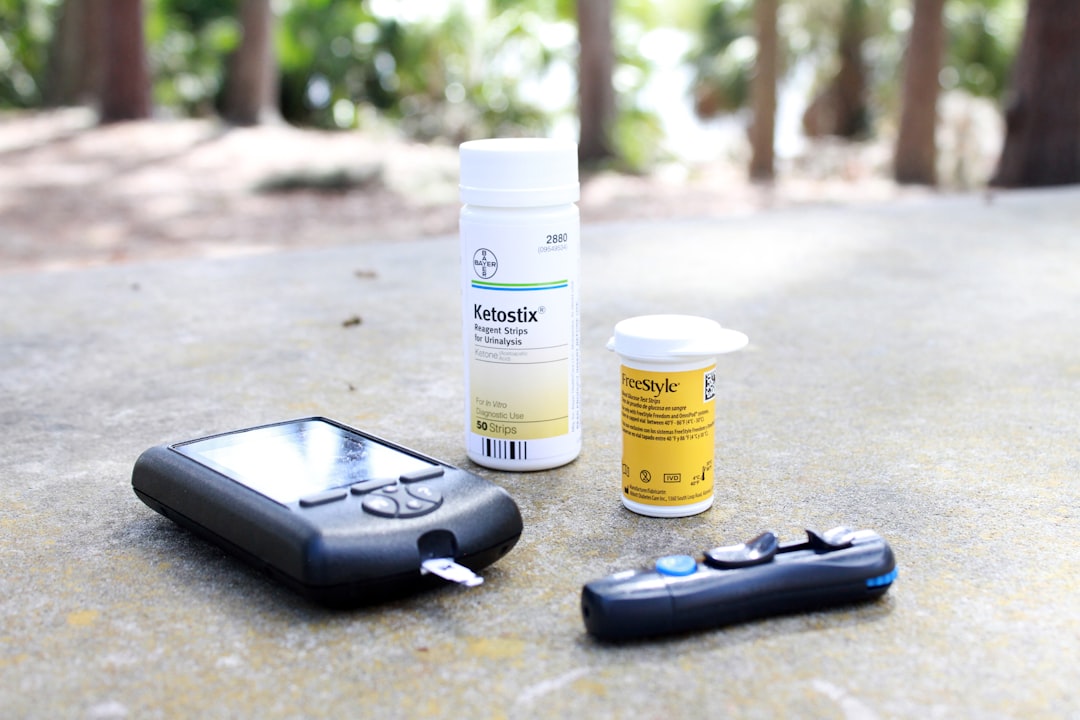10 Best Practices for Web App Localization Development
As businesses expand globally, developing web applications that resonate with users across different regions and languages has become a crucial part of product development. Localization, the process of adapting software to meet the language, cultural, and other requirements of a specific target market, is more than just translation. It is a strategic investment that can significantly impact user satisfaction and market penetration.
Below are the 10 best practices for web app localization development to ensure a seamless and effective global user experience.
1. Plan for Localization from the Start
Table of Contents
One of the biggest mistakes teams make is treating localization as an afterthought. If you lay the groundwork early—such as choosing the right tech stack, using proper encoding (UTF-8), and separating content from code—you’ll avoid expensive refactoring later.
2. Externalize All User-Facing Text
Hardcoded strings directly in the source code can become a nightmare for translators and developers alike. Use localization files such as JSON, XML, or resource files that store strings externally. Frameworks like Angular, React, and Vue support this approach inherently.
3. Adopt Internationalization (i18n) Standards
Internationalization is the technical foundation that makes localization possible. This involves using locale-aware formatting for dates, numbers, currencies, and adhering to pluralization rules. You should also manage time zones and directionality (e.g., right-to-left languages) across layouts and inputs.
4. Use a Reliable Translation Management System (TMS)
A TMS centralizes your localization workflow by integrating with your development pipeline, supporting version control, and giving context to translators. Tools like Phrase, Lokalise, or Smartling streamline the translation process and reduce time-to-market.
5. Build a Modular Design System
Designing visual elements to be flexible ensures that your UI doesn’t break when text expands or direction changes. For example, German strings tend to be significantly longer than English, while Arabic changes layout flow entirely. A modular, responsive UI adapts gracefully.

6. Include Cultural Sensitivity in Content
Icons, images, colors, and even phrasing can carry different meanings in different cultures. A thumbs-up icon may be friendly in one region and offensive in another. Conduct cultural audits or consult experts familiar with the local customs to avoid embarrassing missteps.
7. Optimize for Locale-Based SEO
Localization is not just about appealing to users—it also affects discoverability. Use region-specific keywords, URL structures (e.g., yourdomain.fr or yourdomain.com/fr), and include proper hreflang tags to inform search engines about language variations.
8. Test Extensively with Real-World Scenarios
Don’t rely solely on automated tests. Include localization QA in your testing process by using native speakers to evaluate the language, context, and usability of your app. Pay special attention to edge cases like currency conversions, number formatting, and layout breaks.

9. Automate and Integrate Localization in CI/CD Pipelines
To maintain rapid release cycles, integrate localization into your DevOps workflow. Using APIs from your TMS, you can automate string extraction, file uploads, and even trigger translations based on git commits, ensuring localization keeps pace with development changes.
10. Maintain Continuous Feedback Loops
Your localized web app is a living product. Stay engaged with your international audiences through usage analytics, feedback surveys, and support channels. This data helps identify localization issues quickly and adapt your interface to user needs more effectively.
Final Thoughts
Taking localization seriously is key to creating products that feel native to users around the world. By implementing these best practices, your development team can build web applications that provide localized experiences without sacrificing scalability, performance, or maintainability. In today’s competitive global market, that edge can make all the difference.







